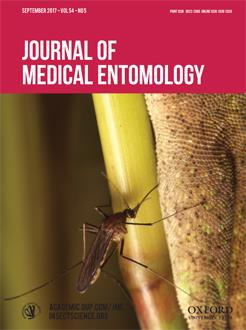Ixodes scapularis Say 1821, the primary vector of several human pathogens in the northeastern and upper Midwestern United States, has considerable genetic and morphological variation throughout its range. Recently, developmental or teratological abnormalities have been observed in this species for the first time, further complicating morphological identification. Here, we report the first evidence of nanism (dwarfism) in I. scapularis, found parasitizing a human host. We used molecular methods and scanning electron microscopy to identify the specimen. Morphological identification confirmed that the specimen is substantially smaller, approximately half the size, than a typical I. scapularis female. Here we discuss the recent reports of teratological abnormalities in I. scapularis, particularly from the Hudson River valley region of the northeastern United States, and highlight the need for additional studies of teratology in this important species and its potential implications in disease transmission.
How to translate text using browser tools
7 June 2017
The First Evidence of Nanism in Ixodes (Ixodes) scapularis(Acari: Ixodidae), Found Parasitizing a Human Host
John Soghigian,
Gale E. Ridge,
Kirby C. Stafford,
Goudarz Molaei
ACCESS THE FULL ARTICLE
It is not available for individual sale.
This article is only available to subscribers.
It is not available for individual sale.
It is not available for individual sale.

Journal of Medical Entomology
Vol. 54 • No. 5
September 2017
Vol. 54 • No. 5
September 2017
Ixodes scapularis
nanism
teratological abnormality




